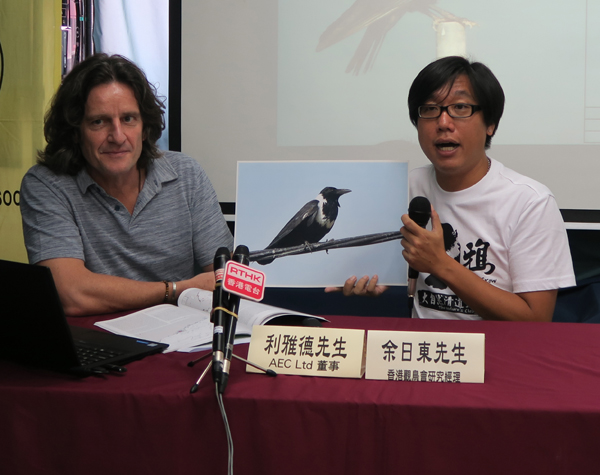

A Crow Story: vanishing in China, common in Hong Kong
The Hong Kong Bird Watching Society
Press Release
1 August 2017
| | Collared Crow | Large-billed Crow | House Crow |
| Body size | 50-55cm | 46-59 cm | 40-43cm |
| Plumage colour | Most of plumage is black with white on nape, upper mantle, side of neck and lower breast | All black | Most of plumage is black with medium grey on nape to mantle, side of neck and side of breast |
| Status | Native | Native | Introduced |
| Main habitat | Agricultural land, Riverine plains, wooded country near water or marshes, less frequent in town and cities | Forests and woodland, agricultural land, can be found in town and cities | Abundant in all human habitation including city-centre park, sprawling slums, coastal villages |
| IUCN threatened category | Near Threatened | Least Concern | Least Concern |


| Welcome to HKBWS Forum 香港觀鳥會討論區 (http://hkbws.org.hk/BBS/) | Powered by Discuz! 6.0.0 |